With sustainable foundations and appropriate development strategies, Vietnam continues to affirm its position as one of the bright spots in Southeast Asia and the world.
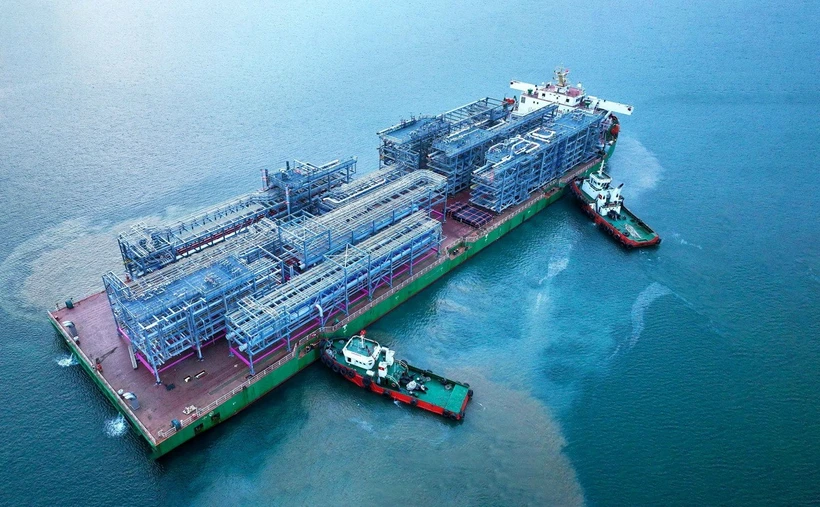
2024 is not only a story of Vietnam's economic recovery and growth, but also a testament to the adaptability and innovation of a country that is rising strongly in the global economic picture.
With sustainable foundations and appropriate development strategies, Vietnam continues to affirm its position as one of the bright spots in Southeast Asia and the world.
Positive growth outlook
Leading international financial institutions, such as the World Bank (WB) and the Asian Development Bank (ADB), have continuously raised their forecasts for Vietnam's economic growth in 2024 and 2025.
According to ADB, Vietnam's Gross Domestic Product (GDP) growth is forecast to reach 6.4% in 2024 and 6.6% in 2025 thanks to a strong recovery in manufacturing and trade, along with supportive fiscal measures.
Similarly, the WB also raised Vietnam's economic growth forecast to 6.1% in 2024 and 6.5% in 2025.
Mr. Andrea Coppola, Lead Economist and Manager of the Equitable Growth, Finance and Institutions Program of the World Bank (WB) in Vietnam, Laos and Cambodia, emphasized that in the context of the global economy facing many challenges such as inflation, geopolitical instability and natural disasters, Vietnam's economy in 2024 continues to affirm its position as one of the fastest growing economies in the East Asia-Pacific region.
Mr. Coppola believes that the stability of the business environment and continuous reforms are key factors driving Vietnam's economic growth and attracting foreign investment. First, the fact that Vietnam's business environment provides stability for investors is a particularly important factor.
Second, the international community highly appreciates the Vietnamese Government's continuous efforts to improve the business environment. This is also very important.
Third, Vietnam has made good use of its strategic position as a “bridge” between the two superpowers, China and the United States. Thanks to all of this, Vietnam has been able to attract a large amount of foreign investment.
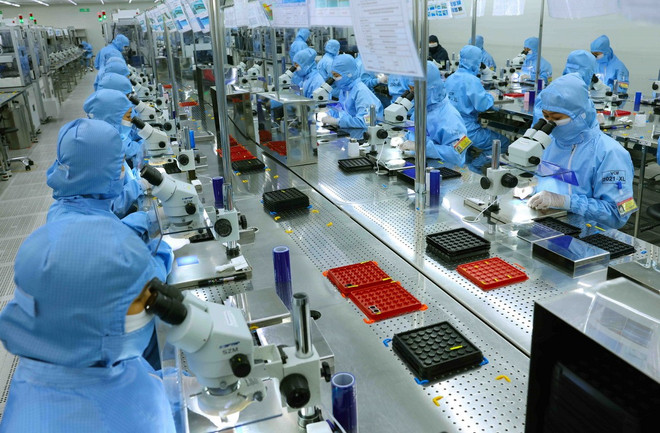
Bright spot in attracting investment and technology
In 2024, Vietnam continues to be an attractive destination for international investors.
Foreign direct investment (FDI) in Vietnam in the first 11 months of 2024 reached US$21.68 billion, up 7.1% year-on-year, marking the third consecutive year that the capital flow exceeded the US$20 billion threshold, the General Statistics Office said. Sectors such as renewable energy, real estate and high technology are the priority destinations for investors.
In December, the investment website Vietnam-briefing.com of Dezan Shira & Associates published an article stating that in the technology field, the strategic agreement with NVIDIA to develop artificial intelligence (AI) has affirmed Vietnam's position in the global supply chain.
According to market research firm Statista (Germany), the AI market in Vietnam is expected to reach 753.4 million USD in 2024, with a compound annual growth rate of 28.36% in the period 2024-2030. Vietnam's growth rate is equivalent to the region's growth rate of 28.53%. This is proof that Vietnam is able to catch up with the global technological transformation, driven by foreign investment.
Factors contributing to Vietnam’s tech growth include a young, dynamic workforce and competitive costs. Vietnam ranks third in Southeast Asia in terms of investment deals and total startup funding. In recent years, many homegrown tech “unicorns” and startups have successfully operated in the AI field.
The article on Vietnam-briefing.com emphasized that NVIDIA's strategic investment in Vietnam marks a strong transformation in the process of Vietnam becoming a future AI innovation center of Southeast Asia.
NVIDIA's establishment of two AI centers in Vietnam and partnerships with domestic companies such as VinBrain and FPT Corporation demonstrate Vietnam's increasingly prominent position in the global AI ecosystem.
Long term vision
In November 2024, the World Bank published the report “Vietnam 2045: Enhancing Trade Position in a Changing World - Pathway to a High-Income Future,” which proposed a roadmap to help Vietnam improve its position in the global value chain, aiming to become a high-income country by 2045.
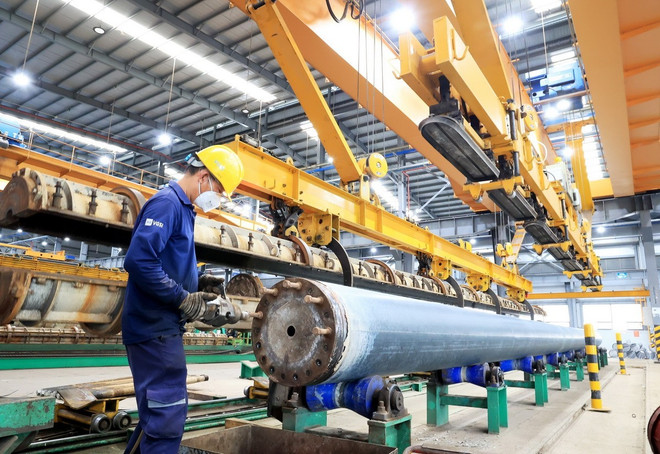
According to the World Bank, over the past 40 years, global integration has been the main driving force behind Vietnam's successful development, creating one of the longest and fastest periods of economic growth in modern history.
Today, Vietnam is one of the most open economies, with about 50% of GDP and employment dependent directly or indirectly on exports.
Building on its success, Vietnam has set an ambitious goal of becoming a modern, high-income economy by 2045. This requires maintaining an average annual GDP per capita growth rate of around 6% over the next two decades.
“To sustain rapid growth, Vietnam needs to transition from low-value-added, labor-intensive final assembly to higher-value-added manufacturing and services,” said Manuela V. Ferro, World Bank Vice President for East Asia and the Pacific.
She added that in a changing global trade landscape and increasing uncertainty, diversifying trade and investment partnerships is essential to building resilience and ensuring long-term success.
The World Bank report proposes a comprehensive strategy to boost productivity growth, attract private sector investment and improve position in global value chains.
Key policy solutions include: promoting deeper trade integration; enhancing connectivity between domestic enterprises and global value chains; promoting high-tech activities with specialized skills and promoting high-value-added services; and shifting to low-carbon, climate-resilient production models.
Despite the positive outlook, Vietnam still faces a number of challenges, including risks from climate change, natural disasters and slowing growth in major trading partners.
The World Bank recommends that Vietnam invest heavily in human resources, infrastructure and structural reforms, while making full use of free trade agreements to expand markets and reduce trade barriers.
Similarly, ADB Country Director for Vietnam Mr. Shantanu Chakraborty also affirmed that public investment will be the "key" to promoting economic growth.
According to him, public investment not only helps boost demand and employment, but also has a positive impact on other dependent industries such as construction, logistics and transportation. This will be a tool to help Vietnam escape from excessive dependence on monetary policy.
The second driver is reforms to improve the ease of doing business and ensure that Vietnam continues to maintain its competitive advantages as many other countries in the region invest in building world-class infrastructure.
ADB Country Director Shantanu Chakraborty assessed these as two key drivers for Vietnam to maintain sustainable development momentum towards the growth targets set by the government in the future.
Source: VNA
Source: https://baophutho.vn/kinh-te-viet-nam-qua-goc-nhin-quoc-te-khang-dinh-vi-the-toan-cau-225656.htm


![[Photo] Military doctors in the epicenter of Myanmar](https://vstatic.vietnam.vn/vietnam/resource/IMAGE/2025/4/6/fccc76d89b12455c86e813ae7564a0af)
![[Photo] Vietnamese rescue team shares the loss with people in Myanmar earthquake area](https://vstatic.vietnam.vn/vietnam/resource/IMAGE/2025/4/6/ae4b9ffa12e14861b77db38293ba1c1d)
![[Photo] Solemn Hung King's Death Anniversary in France](https://vstatic.vietnam.vn/vietnam/resource/IMAGE/2025/4/6/786a6458bc274de5abe24c2ea3587979)

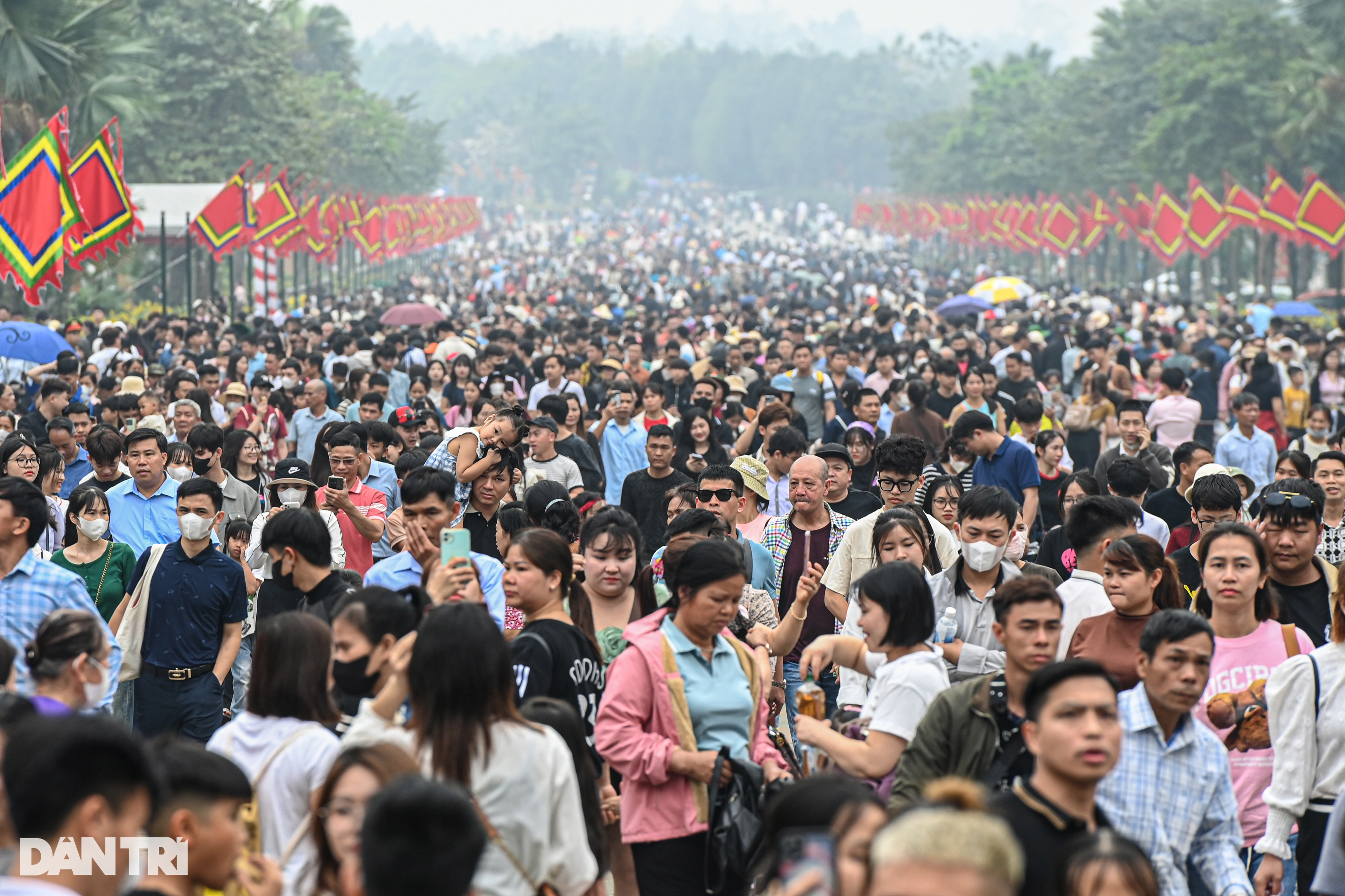
![[Photo] Prime Minister Pham Minh Chinh chairs the regular Government meeting in March](https://vstatic.vietnam.vn/vietnam/resource/IMAGE/2025/4/6/8393ea0517b54f6791237802fe46343b)





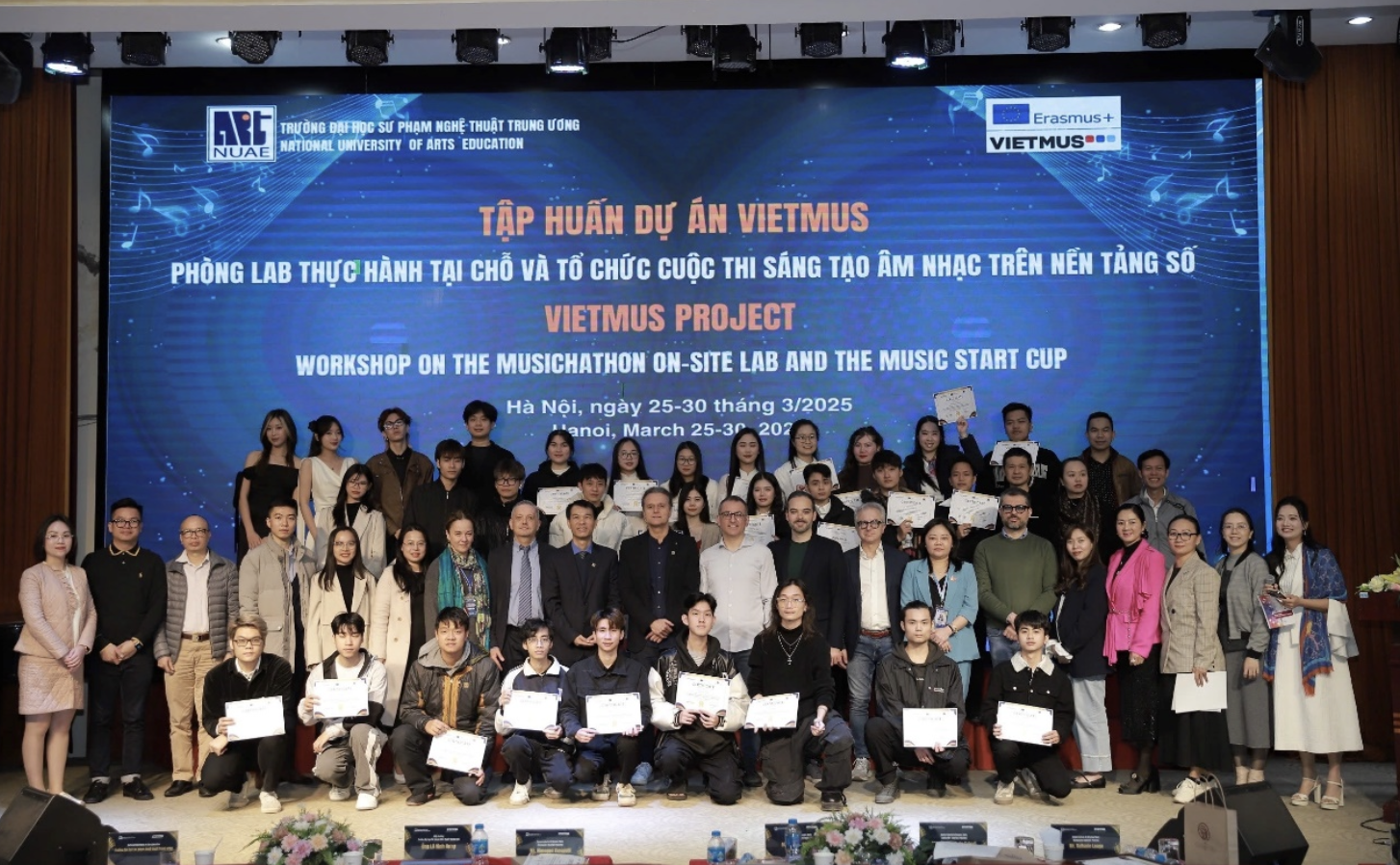



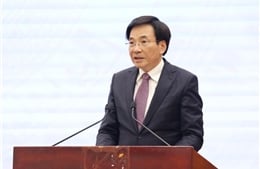

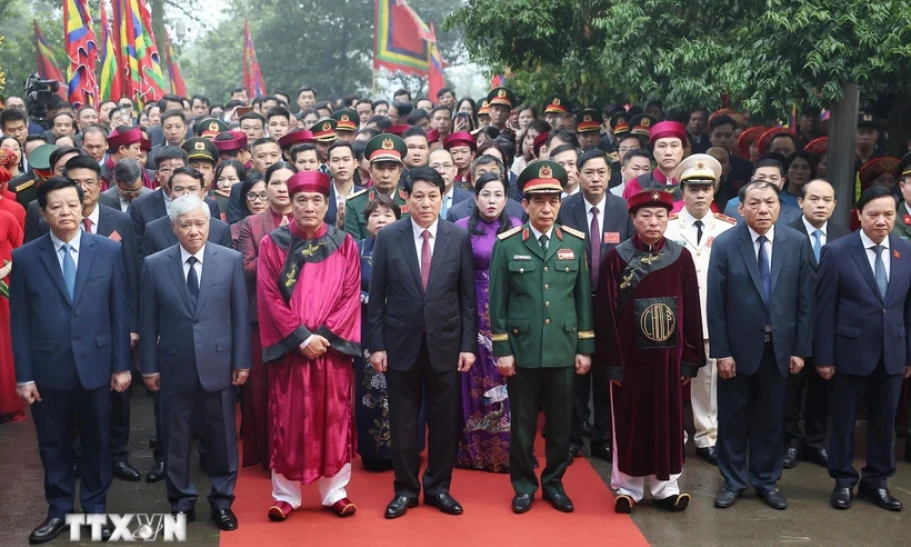
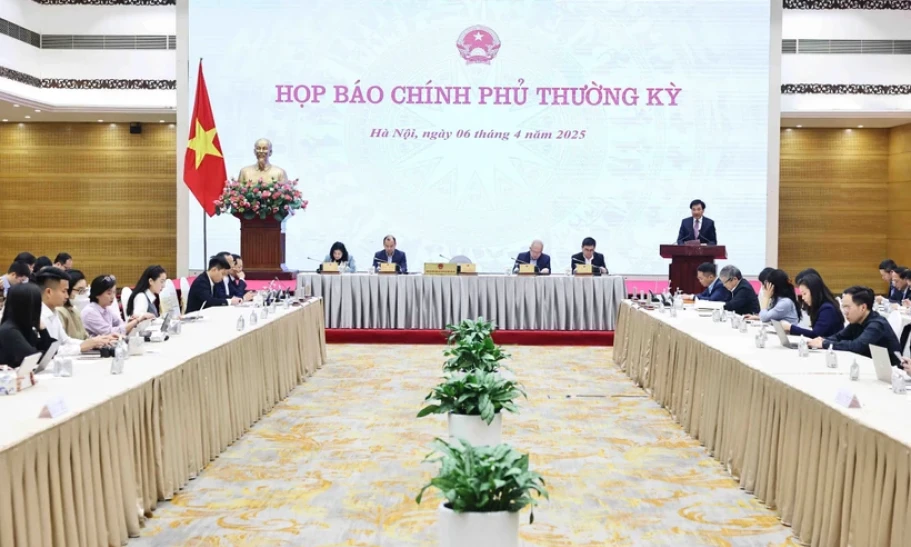


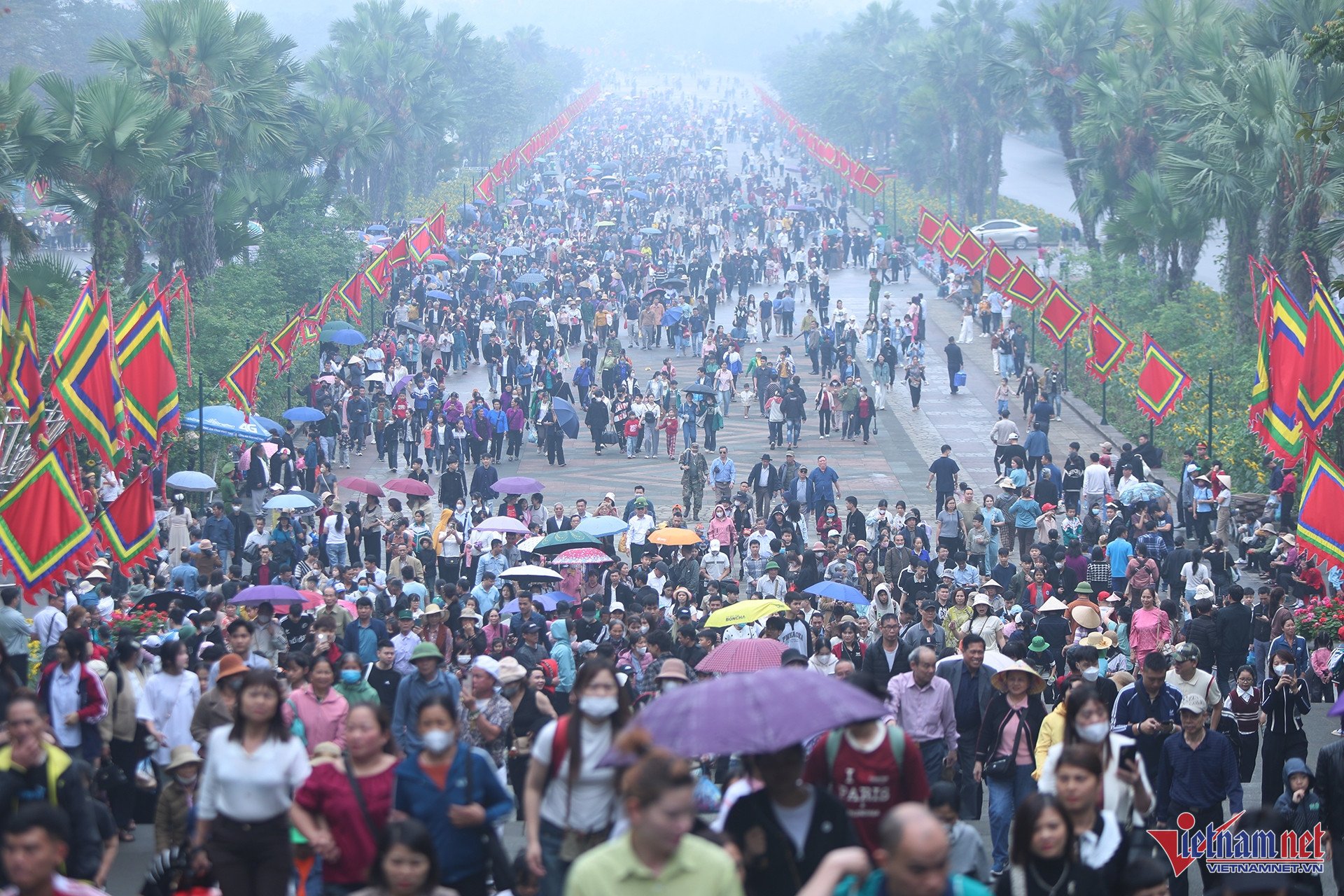


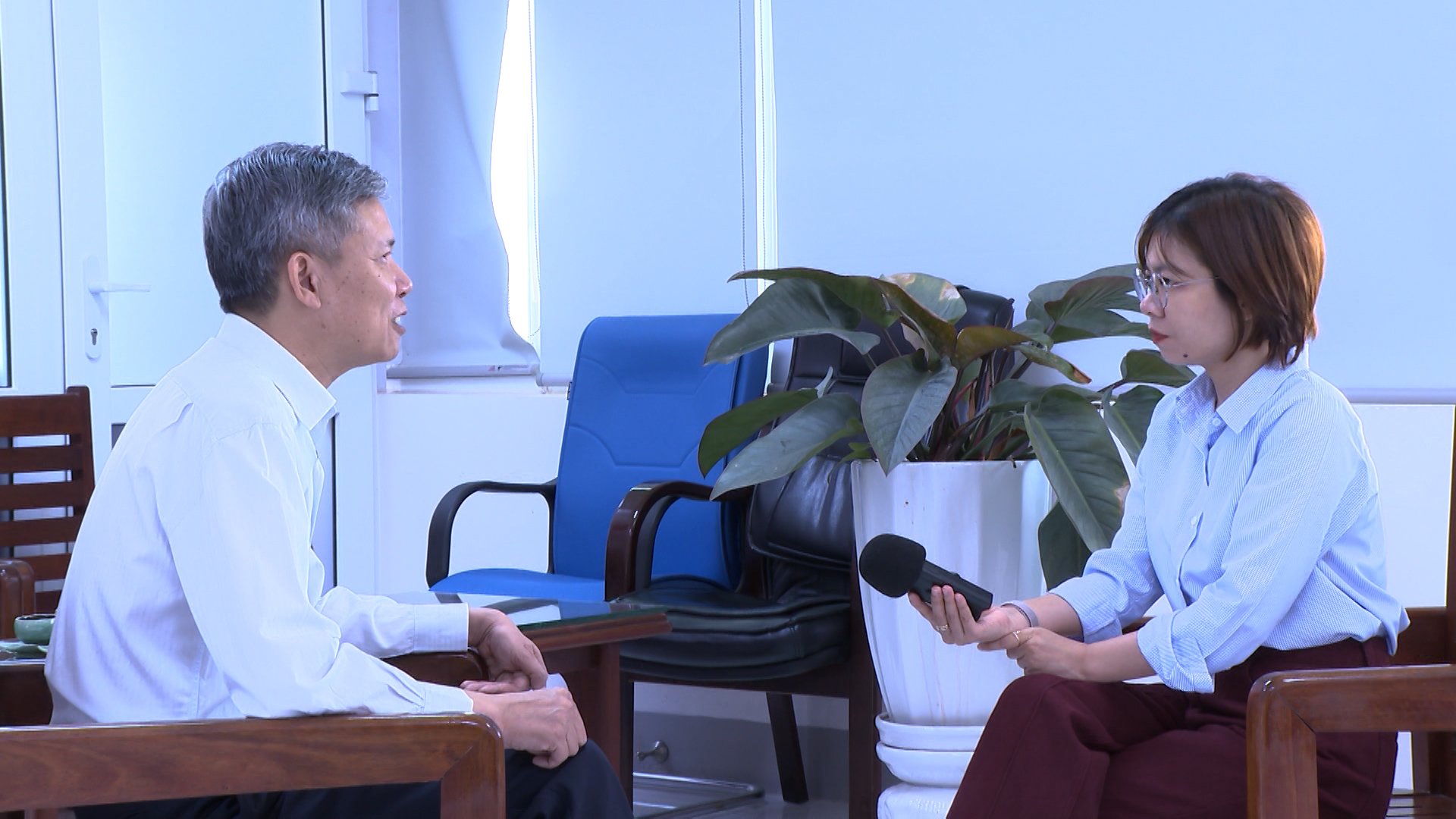

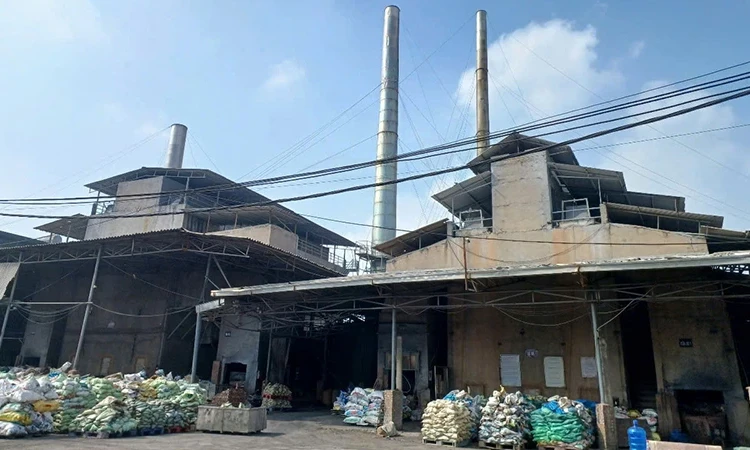
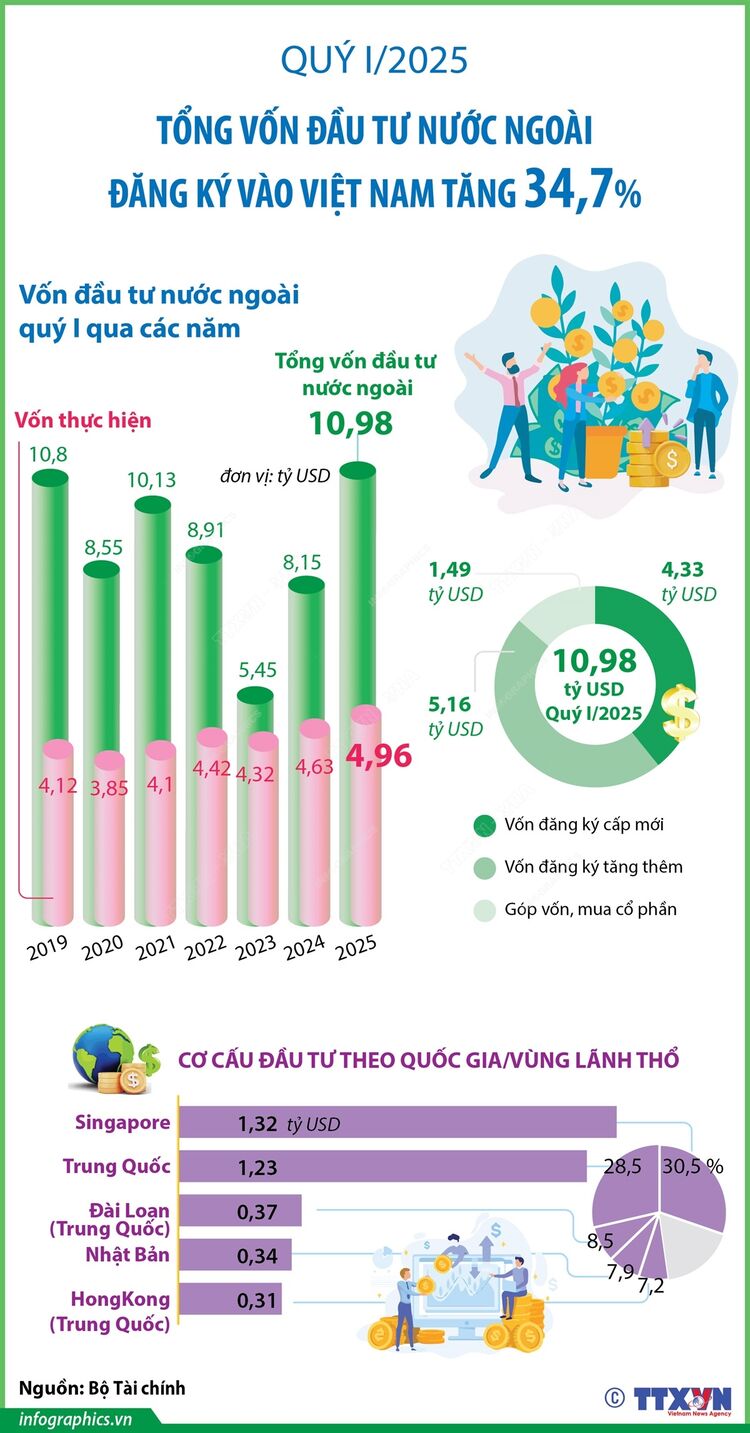














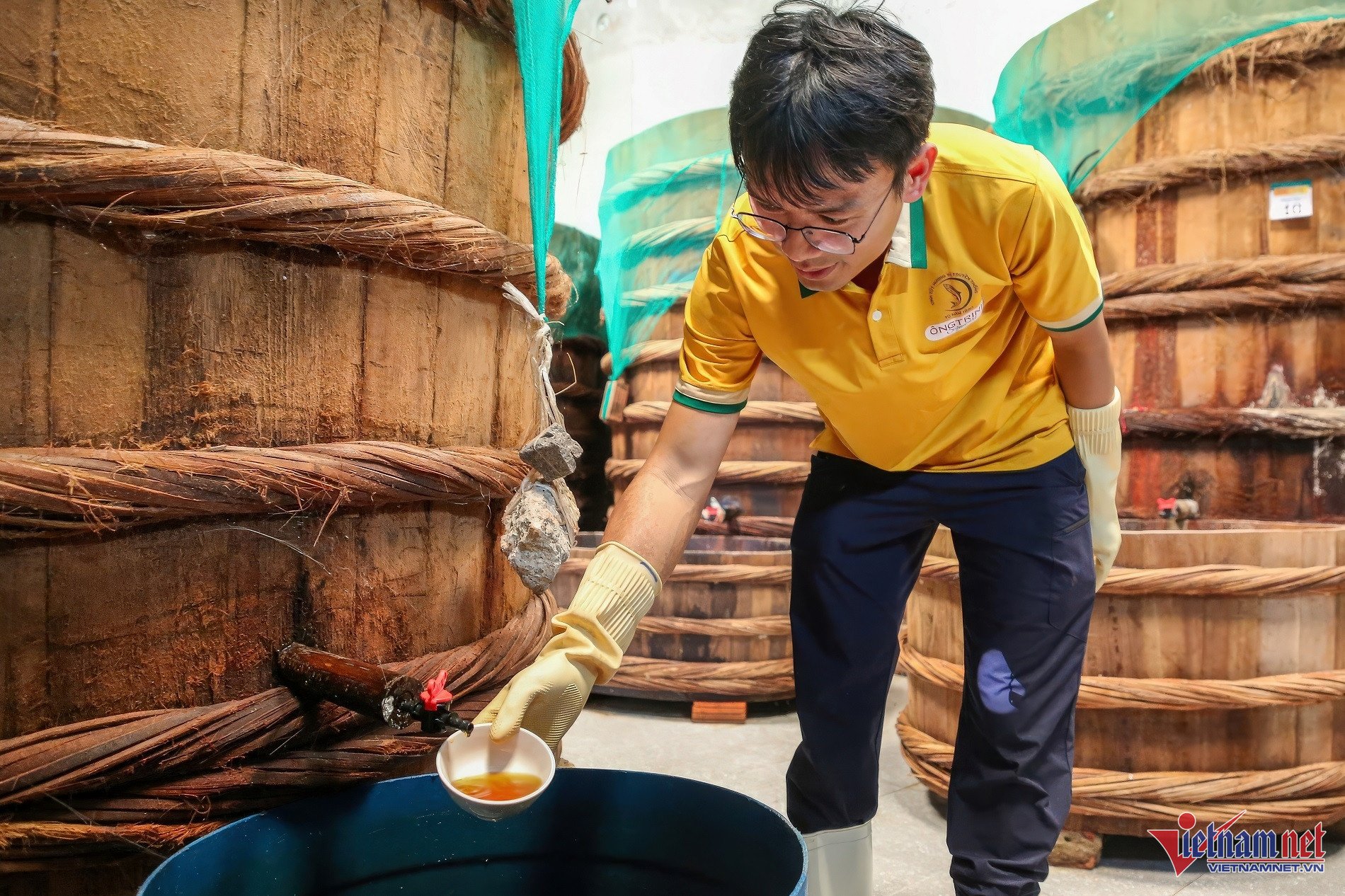










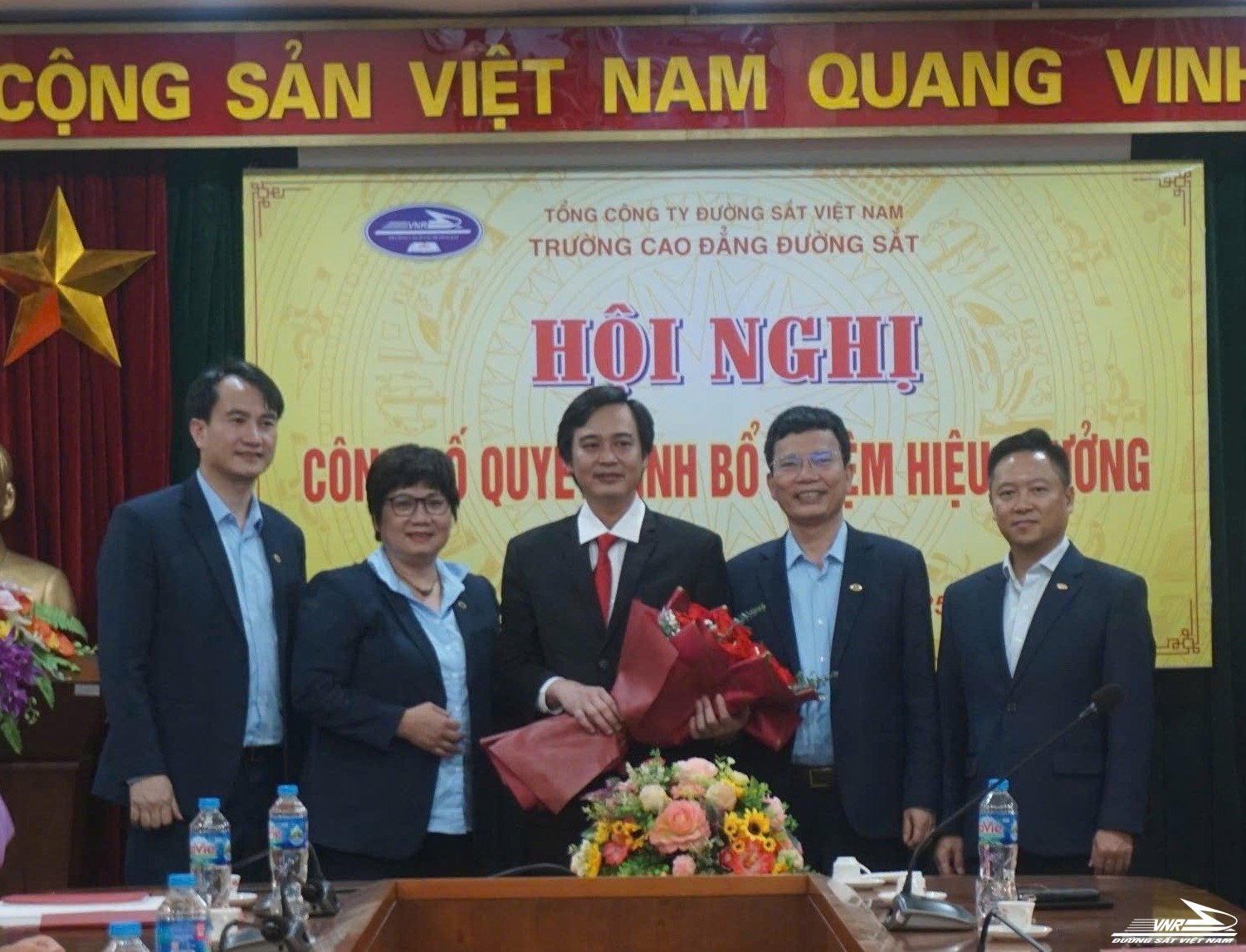
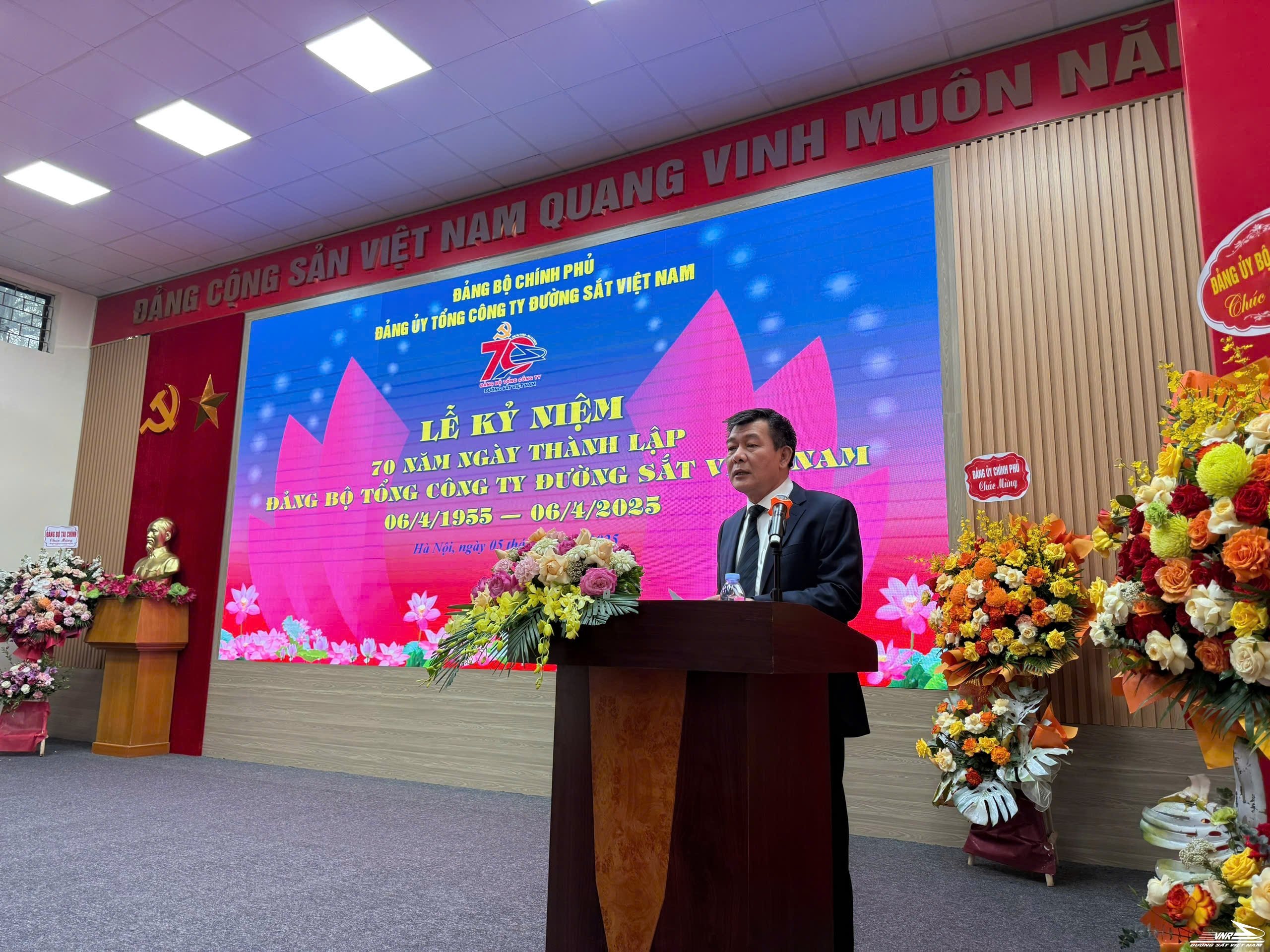
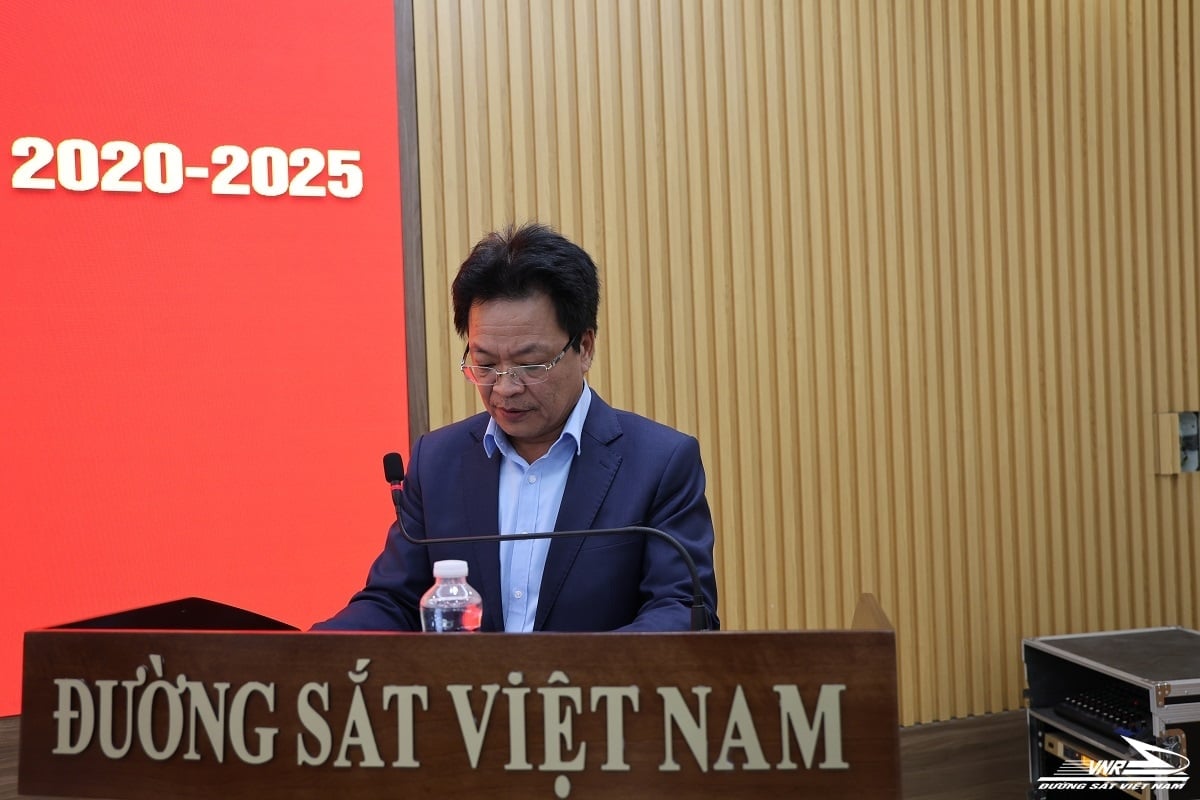
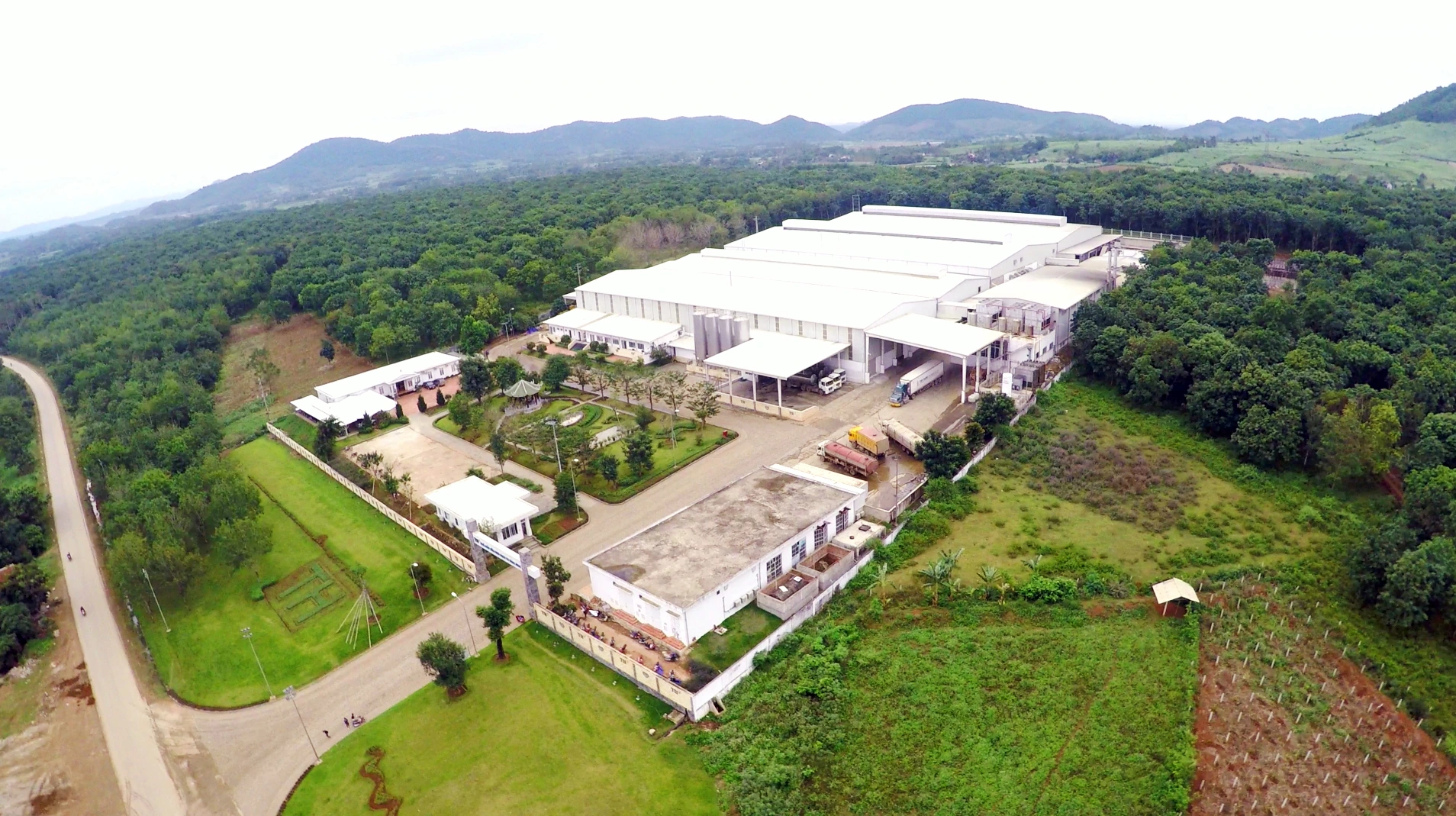



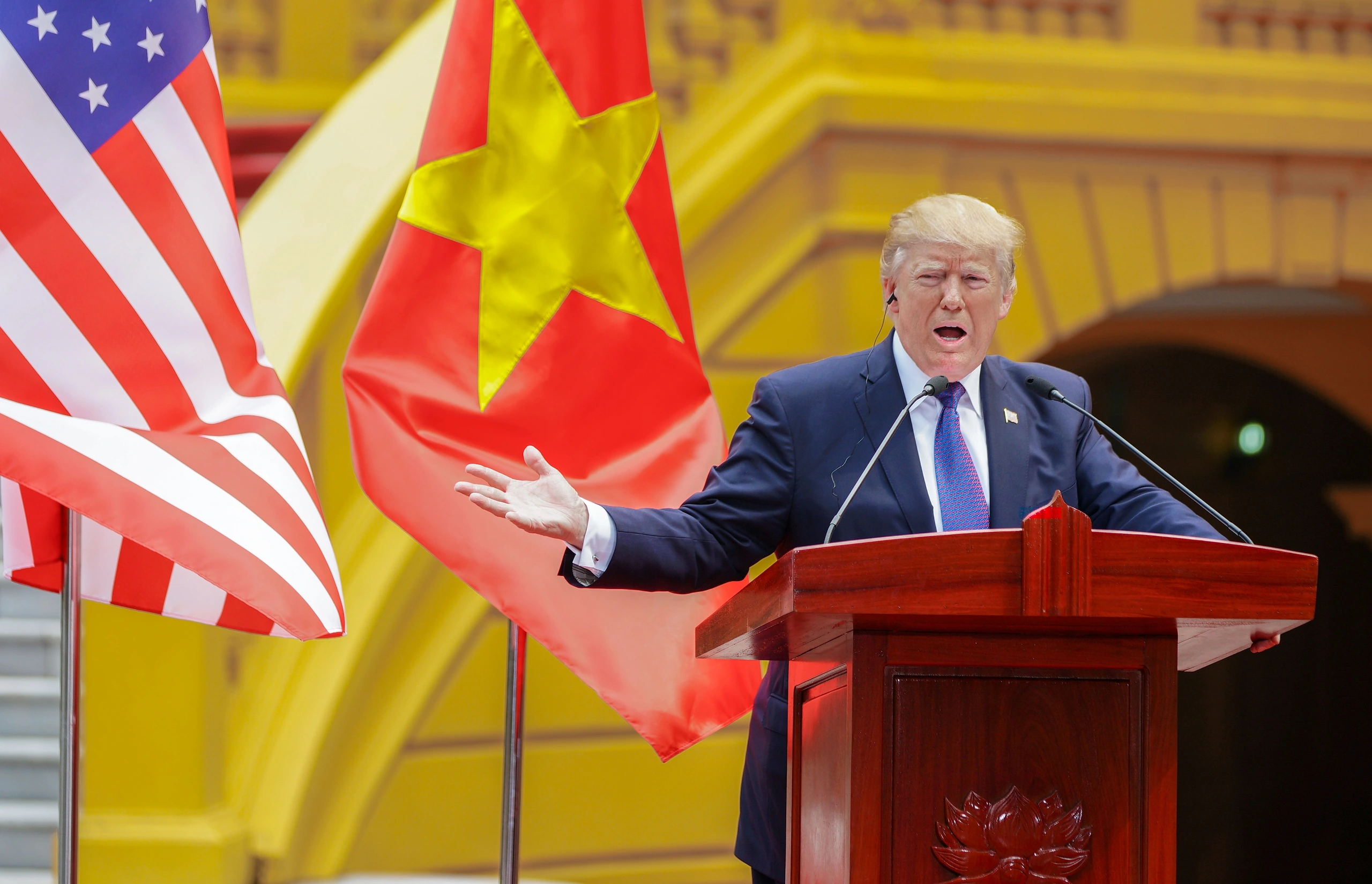
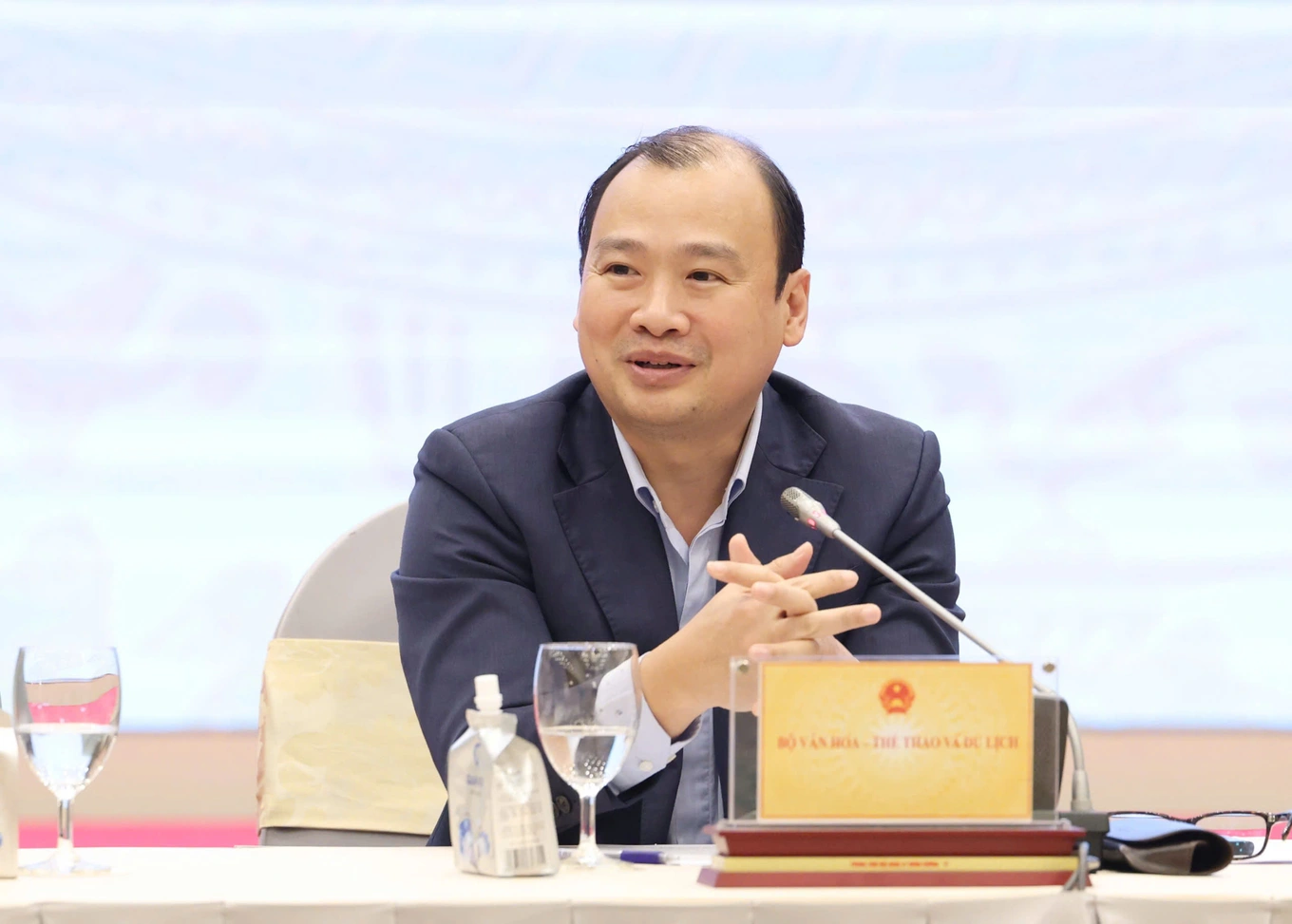













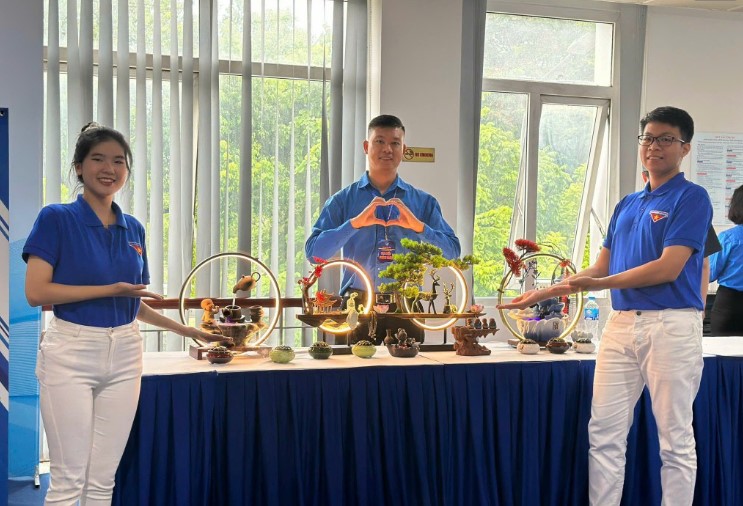





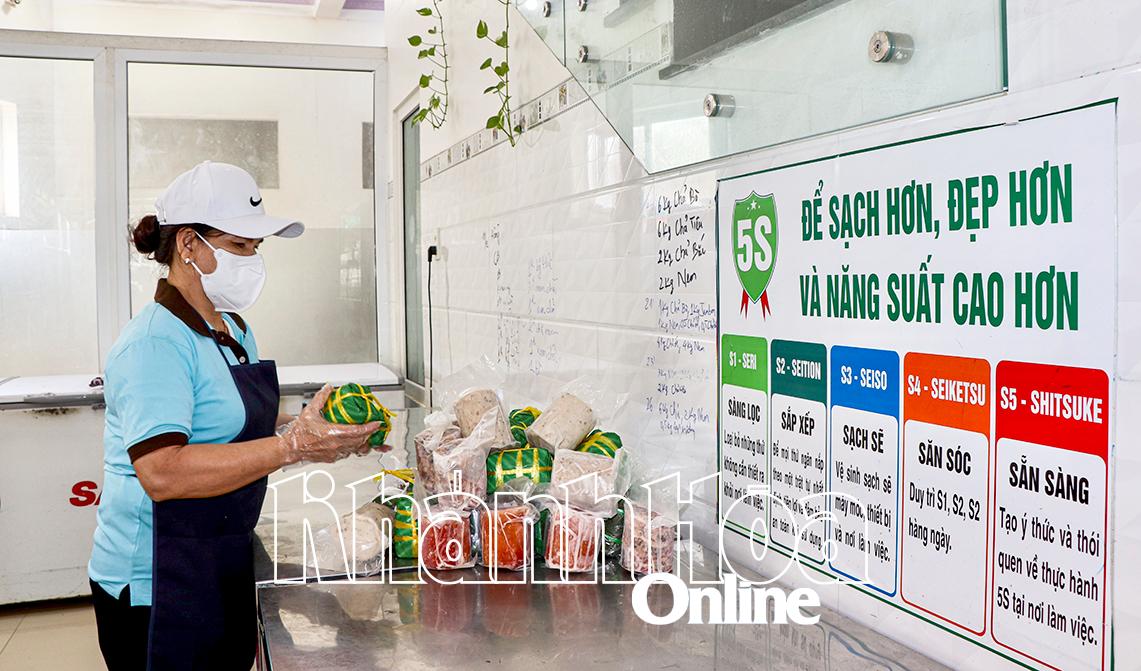
Comment (0)